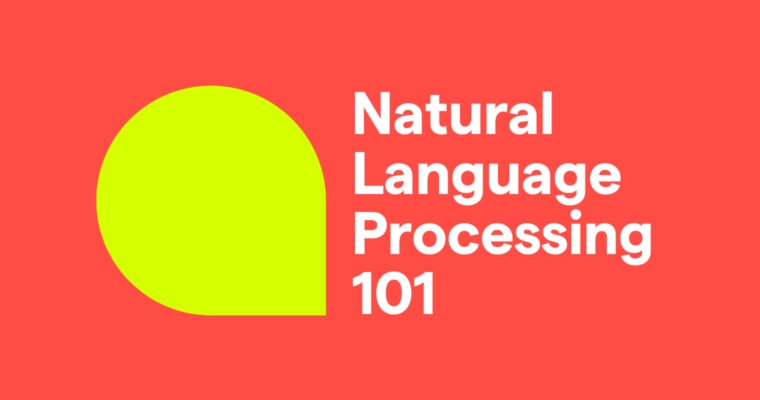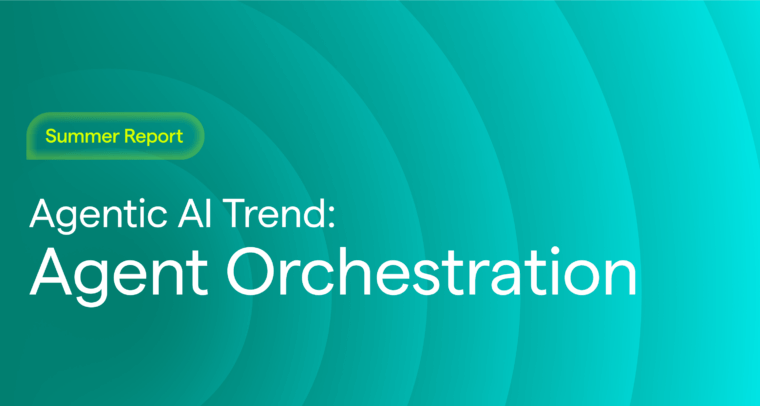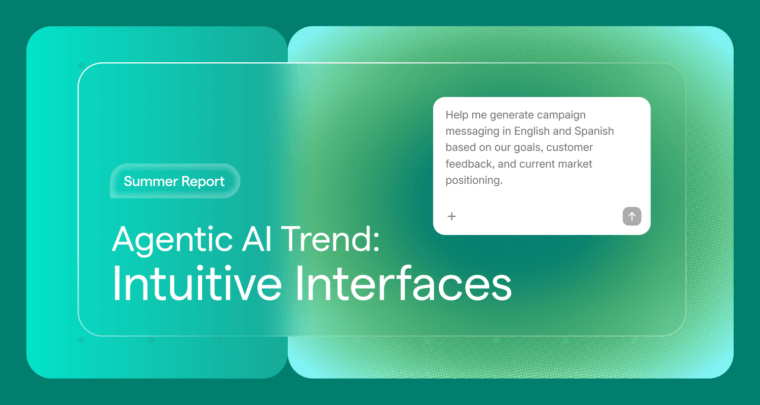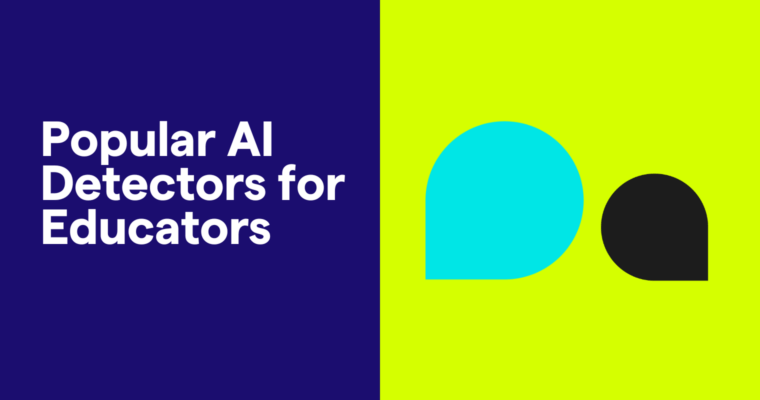
Natural language processing (NLP) is transforming the way humans and machines interact, bridging the gap between unstructured human language and structured computational understanding. From virtual assistants to real-time translation tools, NLP powers many of the technologies we rely on daily. By combining linguistics, computer science, and artificial intelligence (AI), NLP enables machines to interpret, process, and respond to human language in meaningful ways.
This guide explores how NLP works, its key techniques, real-world applications, and its potential to shape the future of human-computer interaction.
Table of contents
What is natural language processing (NLP)?
What is natural language processing (NLP)?
NLP is a branch of artificial intelligence that focuses on enabling computers to understand, interpret, and generate human language. By analyzing the structure and meaning of text or speech, NLP bridges the gap between human communication and machine learning (ML) models, allowing machines to process natural language data in a meaningful and context-aware manner.
NLP can be broadly divided into two main categories:
- Natural language understanding (NLU)
- Natural language generation (NLG)
These processes distinguish natural and human languages from computer or programming languages by focusing on human communication’s nuances, context, and variability.
Natural language understanding (NLU)
Natural language understanding is how AI makes sense of text or speech. The word “understand” is a bit of a misnomer because computers don’t inherently understand anything; rather, they can process inputs in a way that leads to outputs that make sense to humans.
Language is notoriously difficult to describe thoroughly. Even if you manage to document all the words and rules of the standard version of any given language, there are complications such as dialects, slang, sarcasm, context, and how these things change over time.
A logic-based coding approach quickly falls apart in the face of this complexity. Over the decades, computer scientists have developed statistical methods for AI to understand text in the increasingly accurate pursuit of understanding what people are saying.
Natural language generation (NLG)
Recently, computers’ ability to create language is getting much more attention. In fact, the text part of generative AI is a form of natural language generation.
Today’s NLG is essentially a very sophisticated guessing game. Rather than inherently understanding the rules of grammar, generative AI models spit out text a word at a time through probabilistic models that consider the context of their response. Because today’s large language models (LLMs) have been trained on so much text, their output generally comes across as good human speech, even if sometimes the content is off. (More on that later.)
How NLP works
NLP involves several steps to analyze and understand human language. Here’s a breakdown of the main stages:
Lexical analysis
First, the input is broken down into smaller pieces called tokens. Tokens can be individual words, parts of words, or short phrases.
For example, “cooked” might become two tokens, “cook” and “ed,” to capture the meaning and tense of the verb separately, whereas “hot dog” might be one token because the two words together have a distinct meaning.
Syntactic analysis
This step focuses on the structure of the tokens, fitting them into a grammatical framework.
For example, in the sentence “Pat cooked a hot dog for everyone,” the model identifies “cooked” as the past tense verb, “hot dog” as the direct subject, and “everyone” as the indirect subject.
Semantic analysis
Semantics involves understanding the meaning of the words. This process helps the model recognize the speaker’s intent, especially when a word or phrase can be interpreted differently.
In the example sentence, because the indirect subject indicates multiple people, it’s unlikely that Pat cooked a single hot dog, so the model would understand the meaning to be “one hot dog per person.”
Named Entity Recognition (NER)
Names have special properties within languages. Whether implicitly or explicitly trained, AI models build long lists within many categories, ranging from fast-food chain names to months of the year.
NER identifies these from single or multiple tokens to improve its understanding of the context. In the case of “Pat,” one noteworthy data point is that its implied gender is ambiguous.
Another aspect of NER is that it helps translation engines avoid being overeager. Dates and country names ought to be translated, but people’s and company names usually shouldn’t be. (Pat, the name, should not be translated literally as tenderly tapping with an open hand.)
Pragmatic analysis
This phase considers whether to follow the literal meaning of the words or if there are factors such as idioms, sarcasm, or other practical implications.
In the example sentence, “everyone” literally means every person in the world. However, given the context of one person cooking, it’s extremely unlikely that Pat is grilling and distributing eight billion franks. Instead, AI will interpret the word as “all the people within a certain set.”
Discourse integration
This stage accounts for how meaning carries throughout an entire conversation or document. If the next sentence is “She then took a nap,” the model figures that “she” refers to Pat and thus clears up the gender ambiguity in case it comes up again.
Applications of NLP
Here are some key applications of NLP:
Text processing
Anytime a computer interprets input text, NLP is at work. A few specific applications include:
- Writing assistance: Tools like Grammarly use NLP to provide real-time feedback on your writing, including spellcheck, grammar corrections, and tone adjustments. See more about how Grammarly uses NLP in the next section.
- Sentiment analysis: NLP enables computers to assess the emotional tone behind text. This is useful for companies to understand customer feelings toward products, shows, or services, which can influence sales and engagement.
- Search engines: By analyzing the meaning behind your query, they can present results even if they don’t exactly contain what you typed. This applies to web searches like Google and other kinds such as social media and shopping sites.
- Autocomplete: By comparing what you’ve already typed to a large database of what other people (and you) have typed in the past, NLP can present one or several guesses of what should come next.
- Classification: Another common use of NLP is categorizing different inputs. For instance, NLP can determine which aspects of a company’s products and services are being discussed in reviews.
Text generation
Once an NLP model understands the text it’s been given, it can react. Often, the output is also text.
- Rewriting: Tools like Grammarly analyze text to suggest clarity, tone, and style improvements. Grammarly also uses NLP to adjust text complexity for the target audience, spot context gaps, identify areas for improvement, and more.
- Summarizing: One of the most compelling capabilities of today’s gen AI is slimming large texts down to their essence, whether it’s the transcript of a meeting or a topic it knows from its training. This takes advantage of its ability to hold lots of information in its short-term memory so it can look at a broader context and find patterns.
- News articles: AI is sometimes used to take basic information and create an entire article. For instance, given various statistics about a baseball game, it can write a narrative that walks through the course of the game and the performance of various players.
- Prompt engineering: In a meta-use of AI, NLP can generate a prompt instructing another AI. For instance, if you have a paid ChatGPT account and ask it to make a picture, it augments your text with extra information and instructions that it passes to the DALL-E image generation model.
Speech processing
Converting spoken language into text introduces challenges like accents, background noise, and phonetic variations. NLP significantly improves this process by using contextual and semantic information to make transcriptions more accurate.
- Live transcription: In platforms like Zoom or Google Meet, NLP allows real-time transcripts to adjust past text based on new context from ongoing speech. It also aids in segmenting speech into distinct words.
- Interactive voice response (IVR) systems: The phone systems typically used by large companies’ customer service operations use NLP to understand what you are asking for help with.
Language translation
NLP is crucial for translating text between languages, serving both casual users and professional translators. Here are some key points:
- Everyday use: NLP helps people browse, chat, study, and travel using different languages by providing accurate translations.
- Professional use: Translators often use machine translation for initial drafts, refining them with their language expertise. Specialized platforms offer translation memories to maintain consistent terminology for specific fields like medicine or law.
- Improving translation accuracy: Providing more context, such as full sentences or paragraphs, can help NLP models produce more accurate translations than short phrases or single words.
A brief history of NLP
The history of NLP can be divided into three main eras: the rules-based approach, the statistical methods era, and the deep learning revolution. Each era brought transformative changes to the field.
Rule-based approach (1950s)
The first NLP programs, starting in the 1950s, were based on hard-coded rules. These programs worked well for simple grammar but soon revealed the challenges of building comprehensive rules for an entire language. The complexity of tone and context in human language made this approach labor-intensive and insufficient.
Statistical methods (1980s)
In the 1980s, computer scientists began developing models that used statistical methods to find patterns in large text corpora. This approach leveraged probability rather than rules to evaluate inputs and generate outputs, and it proved to be more accurate, flexible, and practical. For three decades, advancements in NLP were largely driven by incremental improvements in processing power and the size of training datasets.
Deep learning (Mid-2010s to present)
Since the mid-2010s, deep learning has revolutionized NLP. Modern deep learning techniques enable computers to understand, generate, and translate human language with remarkable accuracy—often surpassing human performance in specific tasks.
Two major advancements have driven this progress:
- Vast training data: Researchers have harnessed the extensive data generated by the internet. For example, models like GPT-4 are trained on text equivalent to more than one million books. Similarly, Google Translate relies on a massive corpus of parallel translation content.
- Advanced neural networks: New approaches have enhanced neural networks, allowing them to evaluate larger pieces of input holistically. Initially, recurrent neural networks (RNNs) and related technologies could handle sentences or short paragraphs. Today’s transformer architecture, utilizing a technique called attention, can process multiple paragraphs or even entire pages. This expanded context improves the likelihood of correctly grasping the meaning, much like human comprehension.
How Grammarly uses NLP
Grammarly uses a mix of rule-based systems and machine learning models to assist writers. Rule-based methods focus on more objective errors, such as spelling and grammar. For matters of discretion tasks like tone and style, it uses machine learning models. These two types often work together, with a system called Gandalf (as in, “You cannot pass”) determining which suggestions to present to users. Alice Kaiser-Schatzlein, analytical linguist at Grammarly, explains, “The rule-based evaluation is mainly in the realm of correctness, whereas models tend to be used for the more subjective types of changes.”
Feedback from users, both aggregate and individual, forms a crucial data source for improving Grammarly’s models. Gunnar Lund, another analytical linguist, explains: “We personalize suggestions according to what people have accepted or rejected in the past.” This feedback is de-identified and used holistically to refine and develop new features, ensuring that the tool adapts to various writing styles while maintaining privacy.
Grammarly’s strength lies in providing immediate, high-quality assistance across different platforms. As Lund notes, the product interface is an important part of making AI’s power accessible: “Grammarly has immediate assistance… delivering NLP in a quick and easy-to-use UI.” This accessibility and responsiveness benefits everyone writing in English, especially non-native English speakers.
The next step is taking personalization, beyond which suggestions a user accepts and rejects. As Kaiser-Schatzlein says, “We want our product to produce writing that’s much more contextually aware and reflects the personal taste and expressions of the writer… we’re working on trying to make the language sound more like you.”
Editor’s note: Grammarly takes your privacy very seriously. It implements stringent measures like encryption and secure network configurations to protect user data. For more information, please refer to our Privacy Policy.
NLP use cases
NLP is revolutionizing industries by enabling machines to understand and generate human language. It enhances efficiency, accuracy, and user experience in healthcare, legal services, retail, insurance, and customer service. Here are some key use cases in these sectors.
Healthcare
Transcription software can greatly improve the efficiency and efficacy of a clinician’s limited time with each patient. Rather than spending much of the encounter typing notes, they can rely on an app to transcribe a natural conversation with a patient. Another layer of NLP can summarize the conversation and structure pertinent information such as symptoms, diagnosis, and treatment plan.
Legal
NLP tools can search legal databases for relevant case law, statutes, and legal precedents, saving time and improving accuracy in legal research. Similarly, they can enhance the discovery process, finding patterns and details in thousands of documents that humans might miss.
Retail
Sellers use NLP for sentiment analysis, looking at customer reviews and feedback on their site and across the internet to identify trends. Some retailers have also begun to expose this analysis to shoppers, summarizing consumers’ reactions to various attributes for many products.
Insurance
Claims often involve extensive documentation. NLP can extract relevant information from police reports, a lifetime of doctor’s notes, and many other sources to help machines and/or humans adjudicate faster and more accurately.
Customer service
Providing customer support is expensive, and companies have deployed chatbots, voice-response phone trees, and other NLP tools for decades to reduce the volume of input staff have to handle directly. Generative AI, which can draw on both LLMs and company-specific fine-tuning, has made them much more useful. Today’s NLP-based bots can often understand nuances in customers’ questions, give more specific answers, and even express themselves in a tone customized to the brand they represent.
Benefits of NLP
NLP has a wide range of applications that significantly enhance our daily lives and interactions with technology, including:
- Searching across data: Almost all search engines, from Google to your local library’s catalog, use NLP to find content that meets your intent. Without it, results would be limited to matching exactly what you’ve typed.
- Accessibility: NLP is the foundation of how computers can read things aloud for vision-impaired people or convert the spoken word for the hard of hearing.
- Everyday translation: Instant, free, high-quality translation services have made the world’s information more accessible. It’s not just text-to-text, either: Visual and audio translation technologies allow you to understand what you see and hear, even if you don’t know how to write the language.
- Improved communication: Grammarly is an excellent example of how NLP can enhance clarity in writing. By providing contextually relevant suggestions, Grammarly helps writers choose words that convey their intended meaning better. Additionally, if a writer is experiencing writer’s block, Grammarly’s AI capabilities can help them get started by offering prompts or ideas to begin their writing.
Challenges of NLP
While NLP offers many benefits, it also presents several significant challenges that need to be addressed, including:
- Bias and fairness: AI models don’t inherently know right or wrong, and their training data often contains historical (and current) biases that influence their output.
- Privacy and security: Chatbots and other gen AI have been known to leak personal information. NLP makes it very easy for computers to process and compile sensitive data. There are high risks of theft and even unintentional distribution.
- Far from perfect: NLP often gets it wrong, especially with the spoken word. Most NLP systems don’t tell you how confident they are in their guesses, so for cases where accuracy is important, be sure to have a well-informed human review any translations, transcripts, etc.
- Long-tail languages: The lion’s share of NLP research has been done on English, and much of the rest has been in the context of translation rather than analyzing within the language. Several barriers exist to improving non-English NLP, especially finding enough training data.
- Deepfakes and other misuse: While humans have falsified documents since the beginning of writing, advances in NLP make it much easier to create fake content and avoid detection. In particular, the fakes can be highly customized to an individual’s context and style of writing.
Future of NLP
Predicting the future of AI is a notoriously difficult task, but here are a few directions to look out for:
- Personalization: Models will aggregate information about you to better understand your context, preferences, and needs. One tricky aspect of this push will be respecting privacy laws and individual preferences. To ensure your data remains secure, only use tools committed to responsible innovation and AI development.
- Multilingual: Going beyond translation, new techniques will help AI models work across multiple languages with more or less equal proficiency.
- Multimodality: The latest AI innovations can simultaneously take input in multiple forms across text, video, audio, and image. This means you can talk about an image or video, and the model will understand what you’re saying in the media context.
- Faster edge processing: The “edge,” in this case, refers to devices rather than in the cloud. New chips and software will allow phones and computers to process language without sending data back and forth to a server. This local processing is both faster and more secure. Grammarly is a part of this exciting new path, with our team already working on device-level AI processing on Google’s Gemini Nano.
Conclusion
In summary, NLP is a vital and advancing field in AI and computational linguistics that empowers computers to understand and generate human language. NLP has transformed applications in text processing, speech recognition, translation, and sentiment analysis by addressing complexities like context and variability. Despite challenges such as bias, privacy, and accuracy, the future of NLP promises advancements in personalization, multilingual capabilities, and multimodal processing, furthering its impact on technology and various industries.






